The dream of Tuscany
- rosemary
- May 3, 2023
- 6 min read
"Toscana has been the region of the last decade (or two). Everyone outside Italy wants to live there, and just about every other person seems to have written a book about the place." Lonely Planet World Food - Italy

We first went to Italy because I wanted to see Venice before I died, and it was indeed our first real stop - of course we did a few days in Rome first. But then the next obvious place to go was Tuscany. The photograph above is taken from the house we rented in the Tuscan countryside, not far from Viareggio on the coast. And yes it is beautiful, but then so is most of Italy. Siena? Well it's probably wonderful but the day we went there it poured and poured and so we saw very little and what we saw was very wet. Florence? I do not have good memories of Florence. Another grey day, hassled by gypsies, and when we wandered from the tourist hub, hoping to discover, as in Rome or Venice, beautiful and quiet little laneways and piazzas, all we found was really somewhat dreary and just a tiny bit frightening. But we did find the museum which houses Donizetti's David - to my mind the better David - and there was nobody there - unlike the two or three hour queue for the Uffizi.

Lucca, on the other hand was lovely, and a happy medium between far too many tourists and none. It also seemed to be a town that people actually lived and worked in and in which children went to school, rather than one that depended on tourists.
I also do not remember any amazing meals in Tuscany. Perhaps one up the valley where we ate simple, but delicious pizzas. I think mine was a mushroom one. And I have certainly ate well in other parts of Italy - memorably so. But not in Tuscany.
Enough of our trip to Tuscany. It certainly was not awful and the food was not awful either - just not memorable. So it is indeed a bit strange how people go on about Tuscany - and it's food. Which I shall come to.

Why am I talking about Tuscany at all? Well this is actually a first recipe post, although I'm not going to talk about the first recipe. This is the book which is next on my shelves, and you know, possibly the reason I bought it was that word 'Tuscan', because deep down I must be one of those non-Italians who has a sort of dream vision of Tuscany, as so beautifully put by Claudia Roden in the introduction to her chapter on Tuscany in her book The Food of Italy.
"The British fell in love with Florence and Tuscany before any other part of Italy. We were the first to discover - as tourists, her splendid cities and churches, her art and her countryside and our appreciation of her cooking has something to do with this long-standing love affair. Tuscan dishes evoke the tender climate and brilliant light, the gentle harmony of contrasting hills and valleys, vineyard and rock, squat silver olives and slender dark cypresses and the pastel hill towns we see in the background of paintings by artists like Masaccio, Uccello, Fra'Angelico, Fra' Filippo Lippi and Piero della Francesca." Claudia Roden
The book is actually a modern revision of a book written way back in1899 by Janet Duff Gordon, later Janet Ross, daughter of Lady Duff Gordon. Janet Ross was born in 1842 and on her marriage to an older man, an archaeologist I believe, they settled in Tuscany in the Villa Poggio Gherardo just outside Florence - it seems to have had a glorious view. How could you not be entranced?
She did not cook herself of course. She had cooks, but she also had an interest as also did her visiting friends, which is how the book came to be:
"For years English friends have begged recipes for cooking vegetables in the Italian fashion, so I have written down many of the following from the dictation of our good Guiseppe Volpi"
Her original book has been edited and modernised a little by her great-great-nephew Michael Waterfield - a London restaurateur and was published by Penguin in 1977 from his original published in 1973. It's arranged in alphabetical order by vegetable and so the first recipe is inevitably for artichokes - plain boiled - and therefore of no interest to me. So I have strayed into talking about Tuscan food in general.
However, before leaving the book I decided to do a lucky dip as it were and randomly picked the pages on onions. There were four recipes - baked, stuffed, fried and glazed. All pretty basic stuff - if delicious in their own way. So it was then that I decided to investigate Tuscan cooking. Because off the top of my head all I could think of was Florentine steak and their perfectly awful Tuscan bread that everyone seems to think is so wonderful.
Plain food which is described by Guiseppe Prezzolini, thus:
"light, lean, tasty and full of character and fragrance, created for people of lively intellect who do not wish to sit around and grow fat; a cuisine that never thought of a risotto, did not create macaroni, and has kept fatty foods at a distance, one that has retained spit and grill."
Of course the fans will rhapsodise at length about the quality of the ingredients:
"From Tuscany come the best bread, and the purest extra virgin olive oil, as well as the classic chianti wine" Lorenza de' Medici
Tuscan olive oil is famous of course, and said to be the best, but:
"In 1985 a great frost and a freezing north-easterly wind, which blew for a week, killed 50-75 per cent of the olive trees - on the hilltops up to 90 per cent. The snow protected the vines but the olives were more exposed. Now many of the large producers have had to become blenders, using oils from other parts of Italy (and sometimes other countries), striving to find the combination which will reproduce the characteristics of their own lost oil." Claudia Roden
I wonder if they have recovered from that tragedy.

And you would need to have quality ingredients when you're talking about things like Bistecca alla Fiorentina, because basically it's a barbecued T-bone steak. The mystique comes from the size of the steak, the fact that it comes from a special breed of cow - the chianina - a white breed shown here, and apparently now disappearing. And that bread - well it looks gorgeous but it's very disappointing in taste. We have been to Italy a few times now and generally bread everywhere is not that great. In Tuscany moreover it has no salt in it and it seems to be stale as soon as you buy it. Well that might just be me, but then maybe not. For me, anyway, Tuscan bread is a myth.
Before I leave that steak though here is a short video from Jamie watching a man in Tuscany make some enormous kebabs which include that bread, chicken and pork. Sort of ancient, and definitely rustic.
Going back to that bread though, it's actually the basis of three equally delicious Tuscan dishes that I can recommend, and which you probably know - Panzanella - a tomato and bread salad; Pappa al pomodoro - the same ingredients in soup form and Ribollita - another soup - this time of beans, bread and cavolo nero - and currently very trendy.
What else? Well spinach pops up everywhere as do chestnuts, pappardelle and hare - well rabbit these days probably. Lots of roasts and grills. Plain, plain, plain or as, according to Claudia Roden, "sincere and serene ... also refined." Which is a rather more polite way of saying the same thing. There is Cacciucco - a fish stew from Livorno and somewhat similar to a whole host of other Mediterranean fish stews; Pappardelle alla lepre; Schiaccata - about which I think I may have written recently:
And last but definitely not least the sweets - Panforte - we all know about panforte and cantucci - them too, but we may not know about torta di riso - a tart made from a sort of rice pudding - the second one is Jamie Oliver's more elaborate version. He also has the simpler one.
It is interesting in a way is it not that Tuscany, famously ruled by the fabulously wealthy Medici, and heart of the Renaissance, should have such basically plain food. Claudia Roden has an explanation:
"Tuscan cooking is entirely rustic. The landowners and nobility were always frugal, even austere and parsimonious (many jokes are told about their meanness), and farmhouse cooking is what they always liked."
Apparently although they had lavish palaces in town, they also had relatively modest villas out in the countryside and preferred to spend their time there. Well you would, wouldn't you when it looked like this?









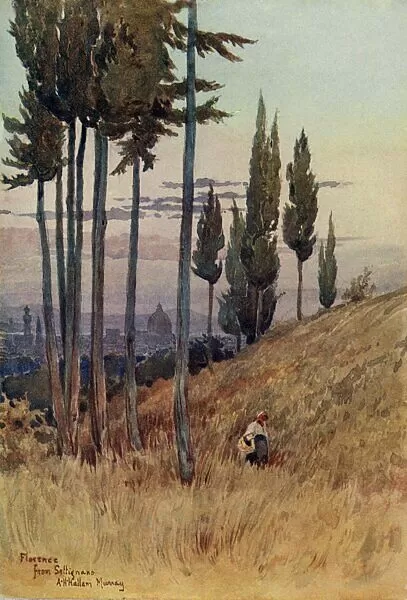




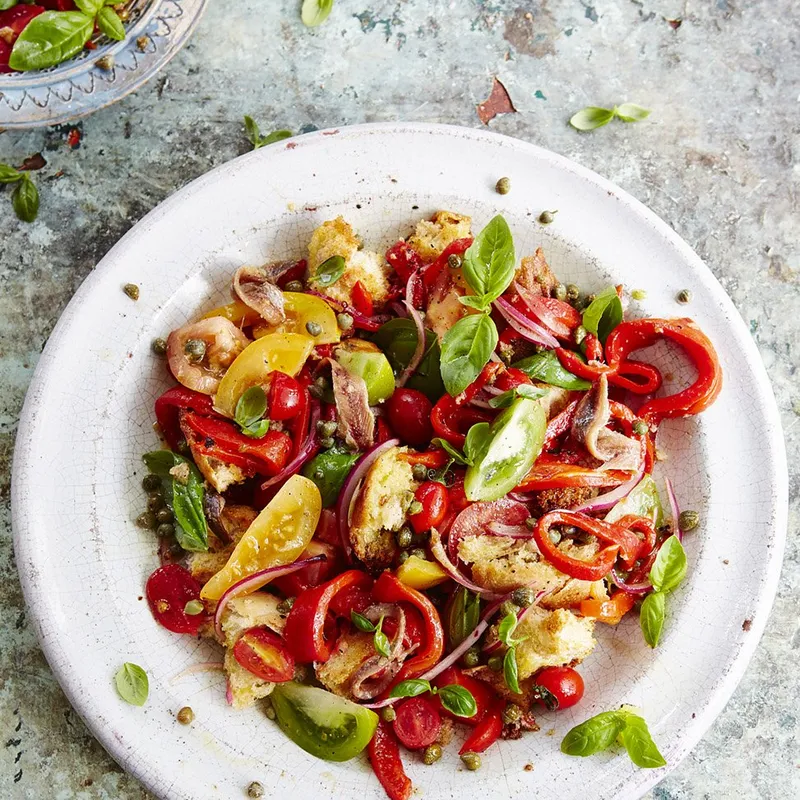
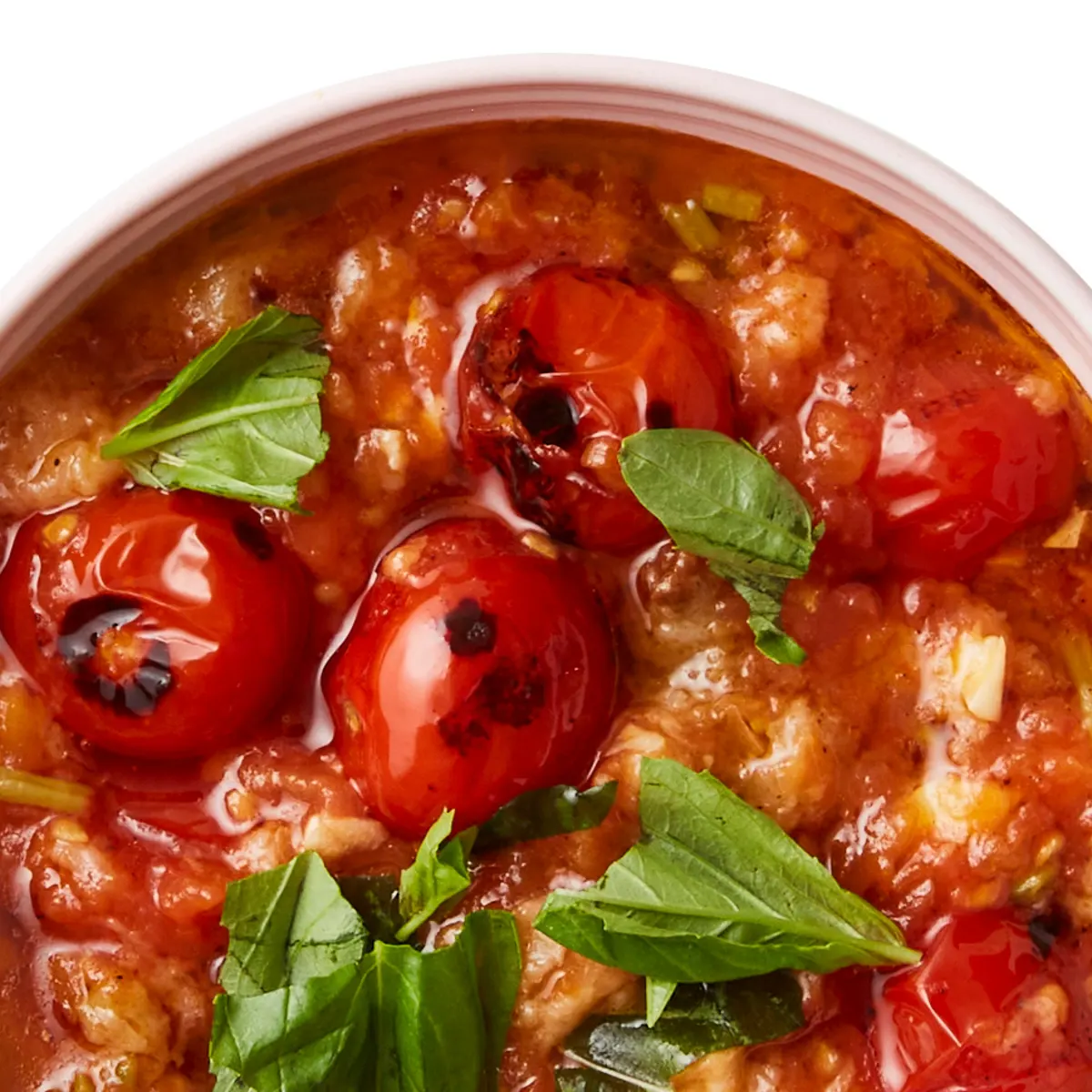








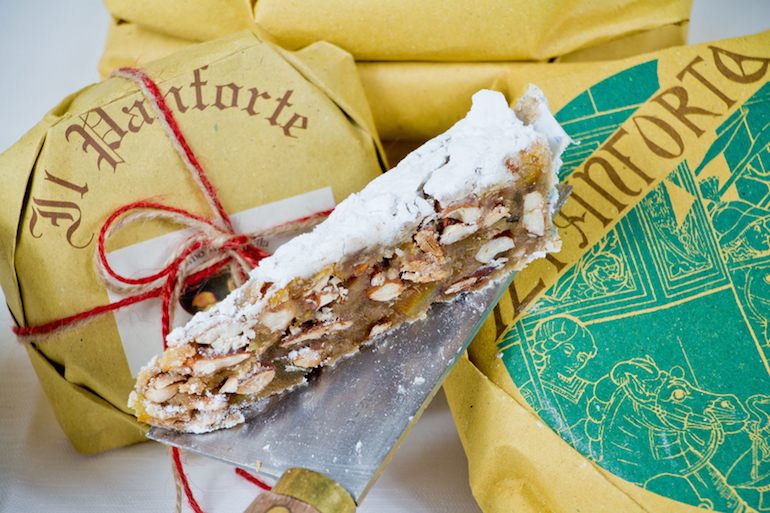
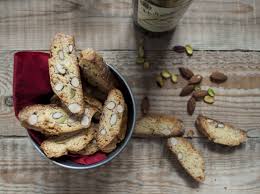







Comments